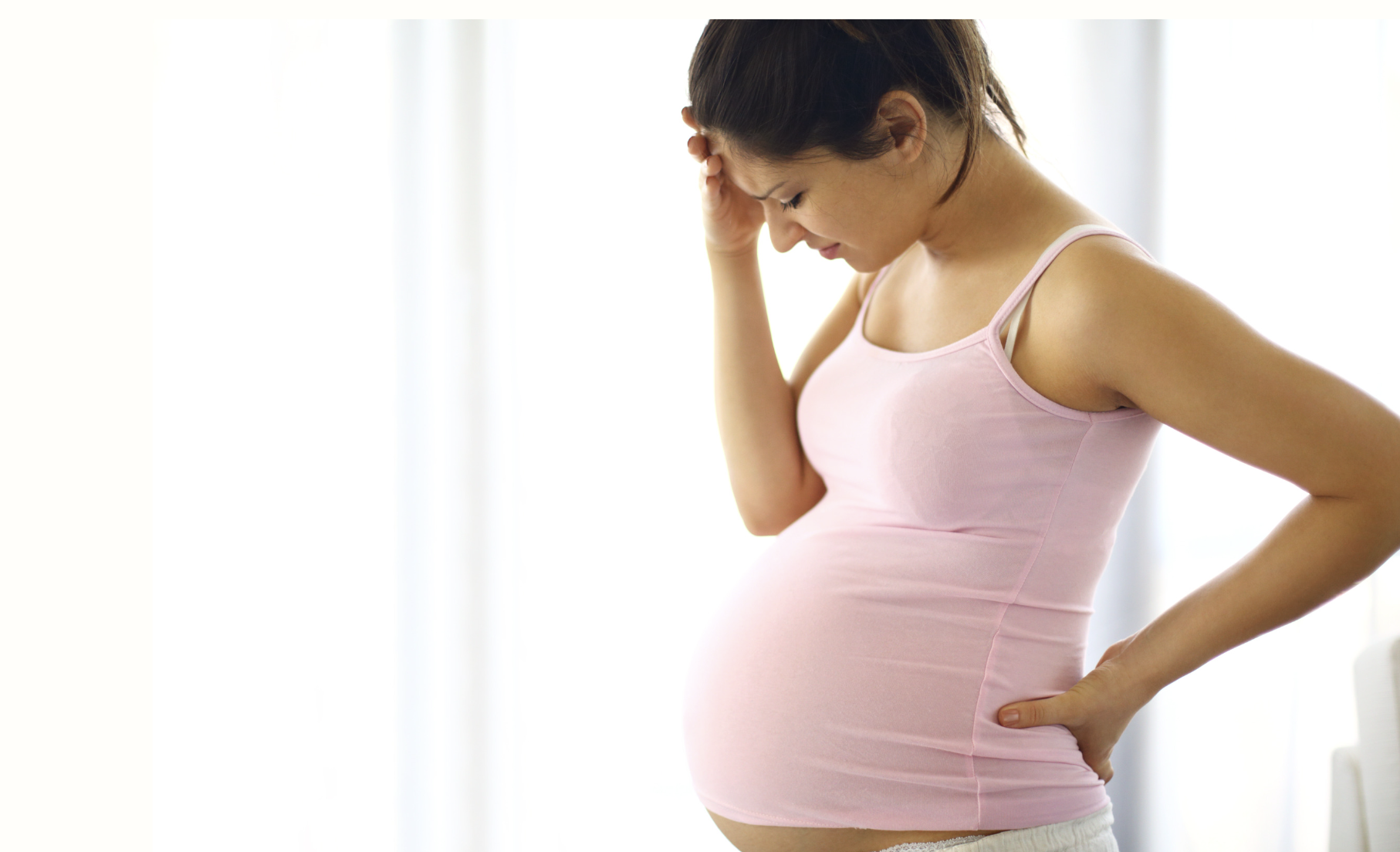It’s no secret that childbirth can also be physically demanding. Postpartum pain is a reality for many new mothers, whether they have undergone a vaginal birth or a cesarean section (C-section). Understanding how to manage this pain can significantly enhance the recovery process and make the early days with your newborn more enjoyable. This blog post aims to provide comprehensive guidance on pain management after childbirth, addressing both vaginal and cesarean births, and shedding light on the crucial role of uterine cramping in postpartum healing.

Pain Management After Vaginal Birth
Vaginal birth, while natural, can lead to various forms of discomfort and pain, including:
- Perineal Pain: This is common due to stretching, tearing, or episiotomy (a surgical cut made during delivery). Here are some ways to manage perineal pain:
- Cold Packs: Applying cold packs to the perineum can reduce swelling and numb the area.
- Sitz Baths: Soaking in warm water helps soothe soreness and promotes healing.
- Pain Relief Medication: Over-the-counter pain relievers like ibuprofen or acetaminophen can alleviate pain.
- Topical Treatments: Witch hazel pads and anesthetic sprays can provide targeted relief.
- Hemorrhoids: Straining during delivery can lead to hemorrhoids.
- High-Fiber Diet: Eating foods rich in fiber and staying hydrated helps prevent constipation and ease bowel movements.
- Topical Treatments: Over-the-counter hemorrhoid creams and witch hazel pads can reduce discomfort.
- Breast Engorgement: Breastfeeding mothers might experience breast pain due to engorgement.
- Frequent Nursing: Regular breastfeeding or pumping can relieve engorgement.
- Cold Compresses: Applying cold compresses between feedings can reduce swelling and pain.
- Supportive Bras: Wearing a well-fitting, supportive bra helps alleviate discomfort.
Pain Management After Cesarean Section
A cesarean section is a major abdominal surgery, and recovery involves managing both incisional and internal pain. Here are some strategies for managing pain after a C-section:
- Incision Care: Proper care of the surgical incision is crucial for pain management and preventing infection.
- Keep it Clean and Dry: Follow your healthcare provider’s instructions for cleaning the incision.
- Pain Relief Medication: Your doctor may prescribe stronger pain relief initially, transitioning to over-the-counter options as healing progresses.
- Support the Incision: When coughing, sneezing, or moving, gently support your incision with a pillow to reduce strain.
- Mobility: Gentle movement is essential for recovery.
- Early Ambulation: Start walking as soon as your doctor advises. It helps prevent blood clots and promotes healing.
- Gradual Increase: Increase your activity level gradually, avoiding heavy lifting and strenuous activities until cleared by your doctor.
- Abdominal Support: Wearing an abdominal binder can provide additional support and reduce pain.
Understanding Uterine Cramping
Regardless of the delivery method, uterine cramping is a common postpartum experience. These cramps, also known as afterpains, occur as the uterus contracts to shrink back to its pre-pregnancy size. While uncomfortable, this process is vital for postpartum healing as it helps stop postpartum bleeding by compressing the blood vessels in the uterus.
- Breastfeeding: Nursing can intensify uterine cramps due to the release of oxytocin, which promotes uterine contractions. While this might be uncomfortable, it accelerates uterine involution (shrinking).
- Pain Relief: Over-the-counter pain relievers like ibuprofen can help manage afterpains. Always consult with your healthcare provider before taking any medication.
Holistic Pain Management Strategies
In addition to the above methods, incorporating holistic approaches can provide comprehensive pain relief and promote overall well-being:
- Rest and Nutrition: Adequate rest and a balanced diet are fundamental to recovery.
- Hydration: Staying hydrated is essential for healing.
- Support System: Lean on family, friends, and postpartum support groups to share the load and reduce stress.
- Physical Therapy: Postpartum physical therapy can help address pain, improve mobility, and strengthen core muscles.
Postpartum pain is a natural part of the recovery process, but with the right strategies, it can be effectively managed. Whether you’ve had a vaginal birth or a cesarean section, understanding and addressing your pain can make a significant difference in your postpartum experience. Always consult with your healthcare provider to tailor pain management strategies to your specific needs and ensure a safe and healthy recovery.
Embrace the journey of motherhood with compassion for yourself, allowing your body the time and care it needs to heal.

